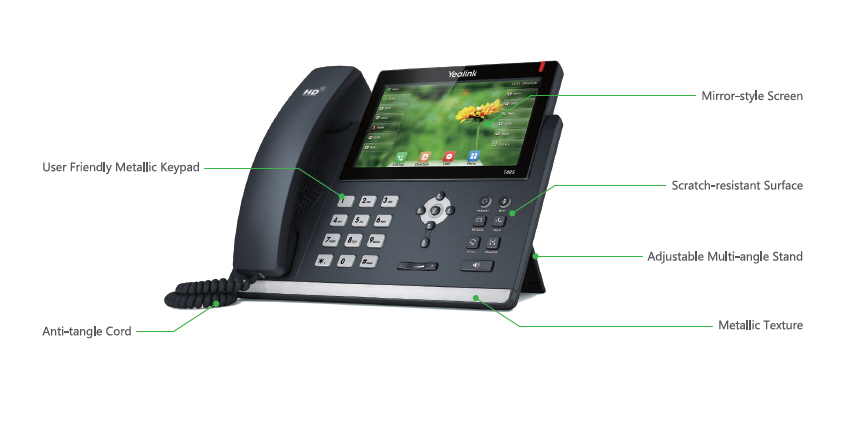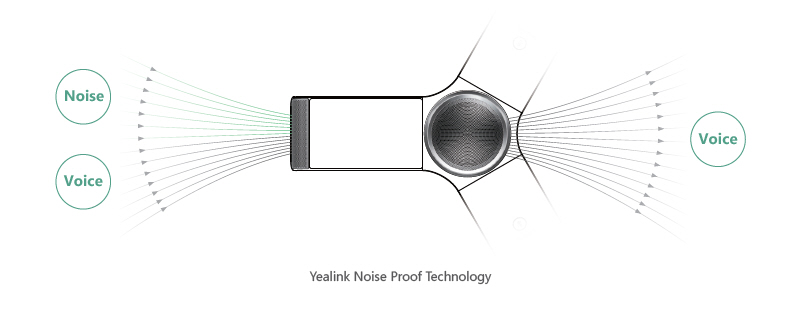Introduction
In today’s fast-paced business environment, effective communication is more crucial than ever. As companies expand and adapt to the digital landscape, traditional communication systems like Private Branch Exchanges (PBX) are becoming outdated. Enter Voice over Internet Protocol (VoIP) phone systems, a modern solution that offers numerous advantages for businesses seeking seamless real-time communication. This article delves into “Real-Time Communication Benefits of Switching from PBX to VoIP,” exploring the transformative effects of this technology on business operations.
What is VoIP?
Understanding Voice over Internet Protocol
VoIP stands for Voice over Internet Protocol. This technology allows voice communication and multimedia sessions to be transmitted over the internet rather than traditional telephone lines. By converting analog voice signals into digital data packets, VoIP phone systems enable users to make calls using their internet connection.
How Does a VoIP Phone System Work?
A VoIP phone system operates by routing calls through a broadband internet connection instead of conventional circuit-switched networks. http://edgarytze130.tearosediner.net/navigating-through-industry-standards-governing-sip-integration When you speak into a VoIP phone, your voice is digitized, compressed, and transmitted as data packets through the internet. These packets are then reassembled at the receiving end and converted back into sound.

Advantages of Switching from PBX to VoIP
Cost-Effectiveness
One of the most compelling reasons businesses are switching from PBX to VoIP is cost savings. Traditional PBX systems require significant upfront investments in hardware and ongoing maintenance costs. In contrast, VoIP phone systems often come with lower monthly fees, reduced long-distance charges, and minimal maintenance costs.
Comparative Cost Analysis: PBX vs. VoIP
| Cost Factor | PBX Systems | VoIP Systems | |---------------------|-----------------|---------------------| | Initial Setup | High | Low | | Monthly Fees | Moderate-High | Usually Lower | | Maintenance | Regular Costs | Minimal Costs |
Scalability
VoIP systems offer unparalleled scalability compared to traditional PBX setups. Whether you’re expanding your team or opening new locations, adding new lines with a VoIP phone system is straightforward and often requires little more than software adjustments.
Flexibility and Mobility
In an age where remote work is increasingly common, flexibility is essential for modern businesses. With a VoIP phone system, employees can make and receive calls from anywhere with an internet connection—be it their home office or while traveling abroad—without losing functionality.
Enhanced Features of VoIP Phone Systems
Unified Communications
VoIP integrates various communication forms—voice calls, video conferencing, instant messaging—into one cohesive platform. This convergence enhances collaboration among team members regardless of their physical location.
Advanced Call Management Features
VoIP offers advanced call management features such as call forwarding, voicemail-to-email transcription, auto-attendant services, and conference calling capabilities that traditional PBX systems may lack or charge extra for.
Popular Features of VoIP Phone Systems:
- Call routing Interactive Voice Response (IVR) Call analytics Integration with CRM software
The Role of Internet Connectivity in VoIP Performance
Importance of Bandwidth
For optimal performance of a VoIP phone system, sufficient bandwidth is essential. Insufficient bandwidth can lead to poor call quality and dropped calls. Businesses should evaluate their current internet speeds before transitioning to ensure reliability.
Quality of Service (QoS)
Quality of Service protocols prioritize voice traffic on networks to maintain call clarity even during peak usage times. Implementing QoS settings on routers helps maximize the performance of your VoIP communications.
Security Considerations for VoIP Systems
Vulnerability Risks in Voice Communication
While moving to a digital platform offers many benefits, it also introduces security challenges such as eavesdropping or hacking attempts on voice data.

Best Practices for Securing Your VoIP Phone System
Use strong passwords. Implement encryption technologies. Regularly update software. Monitor network traffic for anomalies.Real-Time Communication Benefits of Switching from PBX to VoIP
Switching from PBX to VoIP fundamentally transforms how organizations communicate in real time. With enhanced audio quality due to digital signal processing technology, businesses can expect clearer conversations without interference or static commonly associated with analog lines.
Moreover, the integration capabilities offered by modern VoIP systems enable seamless collaboration tools that enhance team efficiency—bridging gaps between remote workers and on-site personnel alike.
As organizations embrace flexible work arrangements post-pandemic, having a reliable system like a VoIP phone becomes imperative in maintaining robust communication channels.
Integrating Collaboration Tools with Your VoIP System
Video Conferencing Solutions
Most modern business operations rely heavily on video conferencing tools integrated within their communication systems. With many options available today—including Zoom or Microsoft Teams—VoIP allows easy connectivity ensuring all employees stay connected regardless of their physical location.
Instant Messaging Capabilities
Another significant benefit lies within instant messaging features that allow team members quick access for questions or clarifications instead of formal emails—which can take longer than necessary during urgent situations!
Potential Drawbacks: What You Should Watch Out For When Switching?
While there are many advantages associated with switching from a traditional PBX system to a modern-day VoIP setup; organizations must also consider potential drawbacks:
Dependence on Internet Reliability Quality Issues in Low Bandwidth Areas Initial Learning Curve for EmployeesNonetheless; understanding these challenges enables businesses to strategize effectively when implementing new technologies leading towards smoother transitions overall!
FAQ Section
1. What is the primary difference between PBX and VoIP?
The main difference lies in how they transmit calls: PBX uses traditional telephone lines while VoIP transmits voice data over an internet connection.
2. Are there any hidden costs associated with switching to a VoIP system?
While generally cost-effective; hidden fees may arise depending on service providers' plans including additional features not included in base packages so always read contracts thoroughly before committing!

3. Can I keep my existing phone numbers when switching?
Yes! Most providers allow number porting which means you can keep your existing business numbers when transitioning away from old telephony solutions like traditional PBXs!
4. How do I know if my internet can support a reliable VoIP service?
To determine if your internet connection supports reliable service; check both upload/download speeds—aiming for at least 100 kbps per concurrent call plus additional bandwidth for other online activities concurrently taking place during usage times!
5. Is technical support readily available for troubleshooting issues?
Absolutely! Reputable service providers offer dedicated customer support teams who specialize in addressing any technical difficulties encountered post-installation ensuring you have expert assistance readily accessible!
6.What types of industries benefit most from adopting VOIPs?
Virtually all industries stand to gain efficiencies through adopting VOIPs including but not limited too healthcare sectors needing telehealth solutions & sales teams requiring constant connectivity across various locations globally enhancing productivity levels significantly!
Conclusion
In conclusion; the real-time communication benefits derived from switching from traditional PBXs toward modern-day VOIPs cannot be overstated! The combination affordability combined with enhanced features fosters improved collaboration amongst teams ultimately driving organizational growth forward steadily into future landscapes filled new opportunities waiting ahead! Embracing technological advancements positions companies favorably while maintaining competitive edges amidst evolving market demands continuously reshaping industries worldwide!